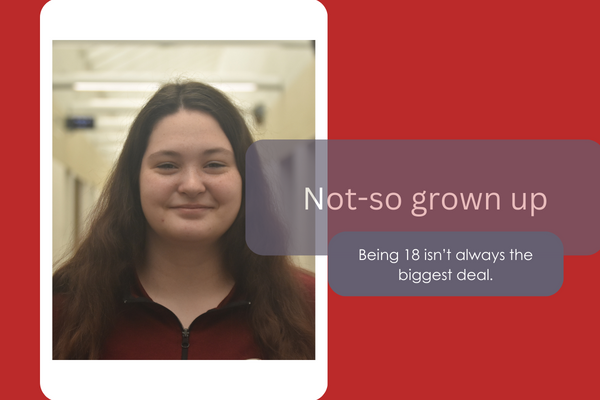The Journal Address
Sexual education should be broadened
The small town of Allendale, Michigan has recently come into the national spotlight for resisting a push by the Sex Education Advisory Board to have a more inclusive curriculum in public schools. This has sparked a debate not only in Michigan but in classrooms across the U.S. about what should be included in middle and high school sexual education.
Acceptance of more thorough sexual education began in the 1980s after the AIDS epidemic. Government and educational institutions sought to broaden public knowledge of contraceptives, STD prevention and reproductive health. They began to pump millions of dollars into funding programs to warn of the dangers of premarital sex and promoting abstinence for all young adults in the U.S.
There are two approaches to this topic: abstinence-only focused and comprehensive sex education. For the majority of sexual education mandated place in schools across the US, abstinence-only education has been focused on and maintained for decades.
According to the 2014 CDC School Health Profiles, “fewer than half of high schools and only a fifth of middle schools teach all 16 topics recommended by the CDC as essential components of sex education.” This shows a huge gap of quality in sexual health education and the need for a better, more complete coverage of sexual and reproductive health education in this country.
Because of this, we, The Journal, believe that abstinence-only sexual education is ineffective and detrimental to the public health of society and prevents young people from fostering their own ideas about what’s right for their body. Continuing this type of sexual education actually has a more negative than positive effect as it leaves teenagers unable to make informed decisions and protect themselves. Instead, schools should offer more comprehensive sexual education as a way to accurately and effectively educate teenagers so they can stay safe and healthy.
According to a study published in the Journal of Adolescent Health, “rigorous research has documented both the lack of efficacy of AOUM (abstinence only until marriage) in delaying sexual initiation, reducing sexual risk behaviors or improving reproductive health outcomes and the effectiveness of comprehensive sex education in increasing condom and contraceptive use and decreasing pregnancy rates.”
A study from the Texas Freedom Network observed that 83% of schools in the state taught abstinence-only sex education or no sex education at all in 2018. Perhaps consequently, the teen birth rate in Texas is almost double the national average.
Abstinence-only sexual education doesn’t prepare teenagers for the realities of being sexually active. Sexual education shouldn’t be about pretending teenagers will wait until marriage to have sex. While some may wait until marriage, that’s just not realistic in the current age.
The Committee of Adolescent Health Care notes that in a study done on abstinence-only programs, the programs “reported no increase in the risk of adolescent pregnancy, STIs, or the rates of adolescent sexual activity compared with students in a control group.” Abstinence-only programs seem to have no significant advantage compared to comprehensive sexual education. While the government has extensively funded these types of programs for decades, these antiquated methods should be shed to better adapt to issues current teenagers are facing.
Things have changed a lot since the introduction of AOUM curriculum, with “70% of adolescent females and 65% of adolescent males have had sex by age 19,” according to a study published in 2002 by the Guttmacher Institute. With millions of young adults coming of age every year and being able to be more autonomous individuals in society, they should be informed about the issues that will affect them throughout their lives.
Comprehensive sexual education includes information about preventing sexual diseases, reproductive health, contraceptives, sexual orientation and personal safety. This curriculum should be age appropriate, medically accurate and relevant.
Comprehensive sexual education teaches teens how to be safe and healthy when they do begin to have sex, whether that be before or after marriage. By preventing the right information about sexual health to be distributed to teens, we’re not allowing them to use this information to their advantage and not make the same mistakes made previously. Teenagers, by being more informed and comfortable with the information they’re being presented, can be more responsible with their sexual health.












